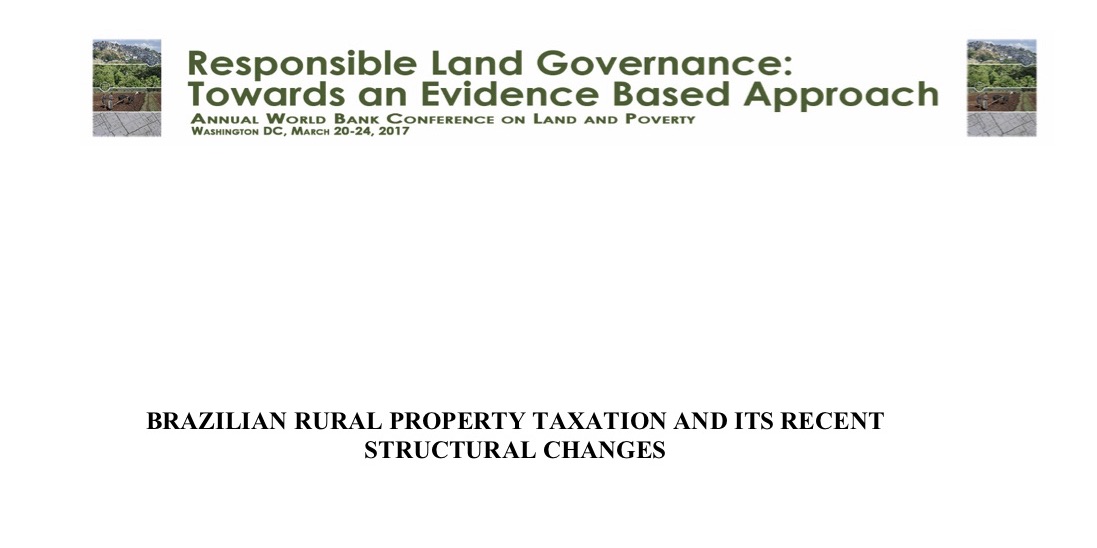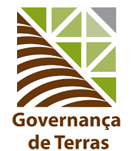BRAZILIAN RURAL PROPERTY TAXATION AND ITS RECENT STRUCTURAL CHANGES
Resource information
Date of publication
February 2017
Resource Language
Pages
29
License of the resource
The article aims to evidence existing gap between the declarations for ITR and the amount that should be collected. To better understand its limitations, a historical backgroung is outlined along with its mechanisms and known frauds. All legal and regulatory changes were presented as well.
To achieve this objective, different databases were used to evidence disparities. The agricultural census and information from the National Treasury were the official references, as technical surveys and market values were parameters of contrast. Different hypothetical scenarios were created to estimate the unexplored potential for this revenue, in a specific region, where the information was accurate.
By this, it was possible to quantify the potencial of revenue, the municipalities with bigger disparities and the possible reason for the low collection. The declared value of the land is much lower than the technical reference that was supposed to be used.
At last, it was possible to identify a gap between declarations and results found, determine the fragilities revolving it and explore the potential of collection. Concerns with the impact a sharp increase would cost was also considered, as well with the environmental agenda. Considering all of these aspects and observations, there is possibility for improvement of the revenue, without costing the society or the environment.



